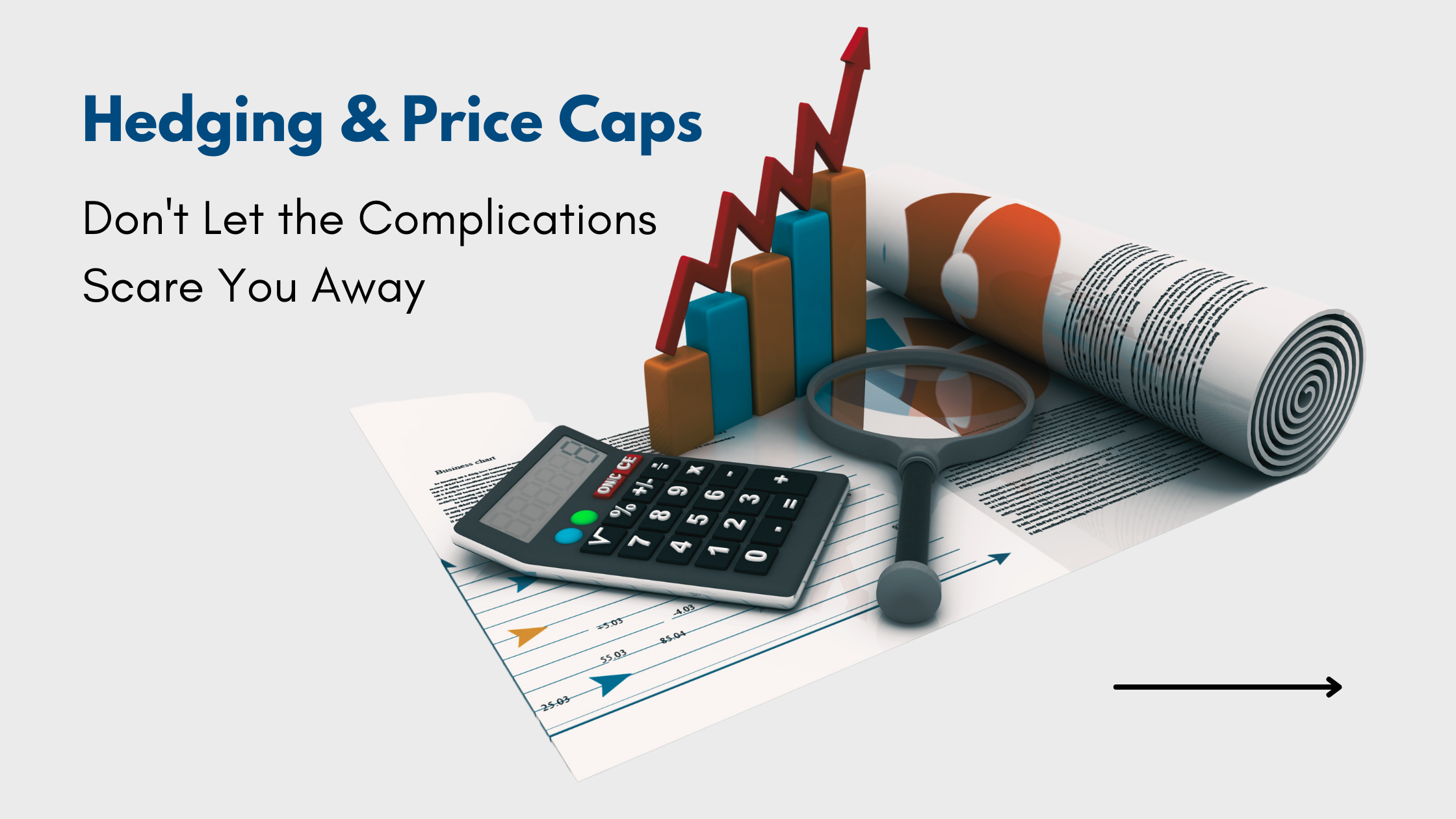Hedging & Price Caps
Don’t Let the Complications Scare You Away
There is one certainty that has survived the test of time: Customers on a Price Program are the most loyal. Customers with Price Caps pay a lower price if retail prices spike, and their prices drop if retail prices drop. Free lunch? Certainly not. The cost to provide that flexibility is generally shown in the form of a “Premium.”
Given the absurd volatility of ULSD futures prices over the past few years – ranging from a pandemic low of 61 cents per gallon in 2020 to a Russia-Ukraine high of $5.13 per gallon in 2022 (an 841% increase!) – customers are seeking price protection more than ever. In addition, dealers are seeking customers on Price Caps more than ever.
Solution: Offer a Cap! How to accomplish this can get a bit complicated. Obviously, you need customers to sign up for the cap, which can be done through existing or new marketing channels including snail mail, email, WhatsApp, bill stuffer, text, auto-dialer, websites, etc. For new enrollments, the message (we have helped many dealers create them) should be simple, straightforward, and comforting. For renewals, the communication should include the Cap price (the maximum a customer will pay) details.
Hedging can be intimidating, sometimes due to a lack of understanding, the perception that hedging is speculating, or by a preconceived notion/belief of what the markets will do. Does “it won’t go up, the economy is so weak,” or “it can’t drop, there is so much inflation” sound familiar?
Hedging requires understanding of the basics:
- Where do you get your physical supply?
- Does your supplier offer anything other than a rack price? Fixed price? Storage availability? Basis protection?
- How do you incorporate the “cap” feature into the mix (usually with an option of some sort)?
- How does a cold or warm winter impact supply, pricing, and profits?
As mentioned, it is not necessarily easy or intuitive, but there are experts who can walk you through it.
Important note for those offering a pricing program and not protecting against the risk to their profit margin: If you are not hedging, you are speculating.
How to track sales/hedges/risk while offering the cap:
Your BOS should allow you to track the “short” side of the price cap (the volumes you have made a promise on). Reporting on that can be done through a BI offering such as BRITE, or through an internal report generating system. In addition to tracking the customer (short) side, you need to track the hedged (long) side of the price cap. These positions need to be reviewed on a regular basis, and an overall hedge plan in place determined AHEAD OF TIME (not based on your gut feeling on a particular day).
While “role playing” of future prices might not be a normal part of your process, it is good to know what will happen if prices make an extreme move higher or lower, or if the weather is vastly different from historical averages.
Points to remember:
- Cap customers stay longer than non-Cap customers.
- Cap customers are most likely to accept other offers: service contracts, budget plans, equipment sales and installation.
- Tracking hedging is requisite toward predictable profits and needs to be part of a management process.
- Managing and executing hedge transactions takes a certain amount of expertise and planning and can eventually be mostly on “auto-pilot.”
Don’t let the complications scare you away, we are here to help.

